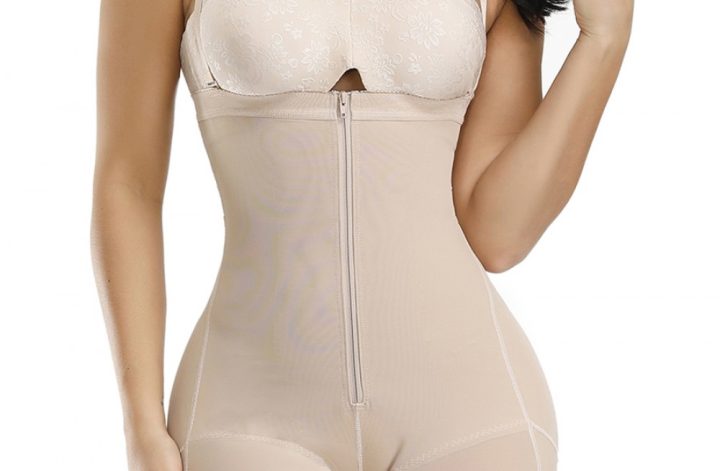In 1845, more than a century before Rosa Parks refused to give up his seat on a bus in Alabama, 24-year-old school teacher Elizabeth Jennings Graham boarded a New York City Tram. She forgot to check if the African American was allowed to ride. When she was asked to dismount, she refused because she ran very late for the church. She grabbed the window frame tightly before the police threw her away. Graham filed and won a lawsuit against the Third Avenue Railway and received $250 in damages. Her actions led to the eventual abolition of apartheid in the city’s railways.
Graham has been identified as one of the “rebellious women” of Victorian New York City – a new exhibition at the New York City Museum. The exhibition is small, concise, beautifully designed, with unique dark green walls on the walls, showing portraits of the 19th century And prints.
“Rebel” is usually associated with our pop culture: leather jackets, smoking smoking, James Dean in rebellion for no reason, David Bowie’s unforgettable lines, “rebel, rebellion, you tear your clothes,” or The bikini killed the punk in the early 90s, “rebellious girl.” This is not the type of character we associate with Victorian women in the bourgeois scene in New York.
From this exhibition, we learned about the smallest violations of rebellion and even from social norms – no need for fishnet stockings or any type of leather. Although many of the things that featured women do today are not considered “swinging,” women of that era can be considered rebellious simply by making statements in the public domain.
In the first half of the 19th century, due to Queen Victoria’s strict ethical principles, “real women” marked four core components: family, religious piety, sexual purity and obedience.
The exhibition first examined this “real female image”, a concept that many women are still trying to solve today. For example, many fashion expectations seem shocking. There is a display of broken ribs in the ribs, the gloves need to be put on the “stretcher”, the dress is so heavy that the wearer must lean forward to maintain balance (then called “Greek Bend”).
In an opposite example, a pair of bright red button shoes are displayed. Wearing these clothes during the day was originally a sign of the identity of the traitor, because women were quiet and would not attract attention.
Although at first, the fashion “real women” feeling seems too much for modern people, we still have been working hard to solve women’s clothing choices. Are we “allowed” to compete for physical attention, or does it mean that we are “sluts”; whether wearing “fashion” clothing means that we insist on some type of patriarchy, or does it mean that we can be in it? Find some kind of personal empowerment; whether some “non-feminine” clothing shows our rebellion against mainstream women’s ideas, or what we ultimately mean for clothing choices.
The most appealing aspect of this exhibition is that it makes the audience feel away from the way we think of crazy, outdated misogyny, and then quietly shows similarities to modern gender issues. Under two long routes, it feels like a corridor. The exhibition has experienced various “rebel women” whose names are scribbled in Victorian fonts. These women deal with birth control issues, control their bodies, and are taken seriously in the workplace and in politics.
Some women elected to represent insurgents are often read in history textbooks: heavyweights of social reformers, including Elizabeth Caddy Stanton and Susan B. Anthony – their attitude towards women’s suffrage is considered to be their era The most rebellious person. Of course, we also found Nellie Bly among the insurgents, who looked calm when reporting on the New York world.
But this exhibition is also crucial, including the lesser-known, non-white, lower-class insurgents who are often forgotten but equally important to the 19th-century female rebel movement.

